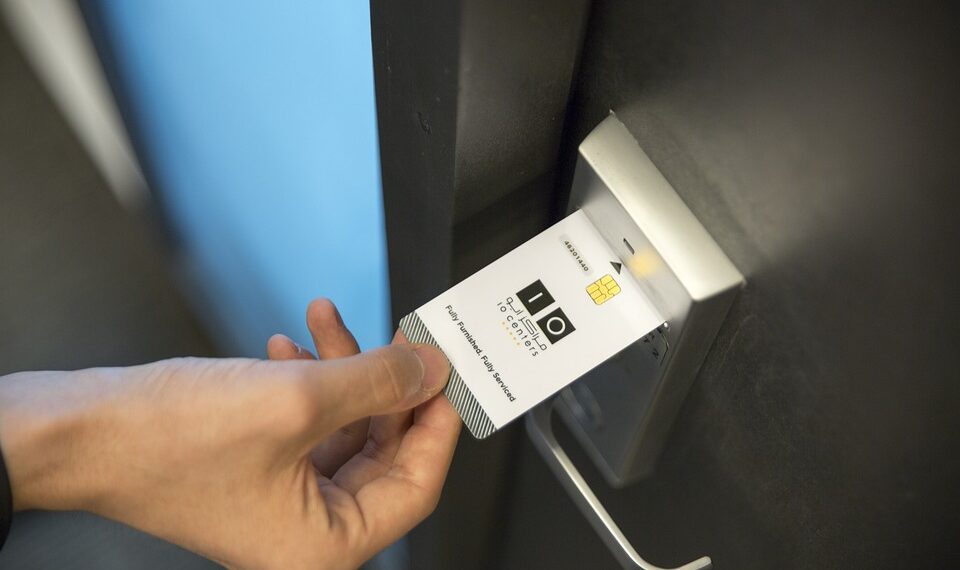Select Language:
Recently, Microsoft introduced a feature in its latest Outlook version that allows users to access PST files from the traditional Outlook. To utilize this functionality, you need an active Microsoft 365 subscription linked to Outlook.
This can be set up through the new Outlook’s settings menu by navigating to “Accounts -> Add subscriptions.” Additionally, the classic Outlook must still be installed on your computer. It’s important to note that currently, this PST import feature is exclusively available on x86-based systems and is not supported on ARM architecture PCs.
Helpful tip: Users of Windows 11 Home edition are missing out on several benefits available in the Pro version. Upgrading to Windows 11 Pro is now possible through the PCWorld Software Store for just $79.99— a 60% discount off the regular retail price.
If you do not hold a Microsoft 365 subscription, the alternative is to click on the “Test the new Outlook” button within the classic version. This switch will transfer your emails and settings to the new Outlook interface, which can also read PST files from the previous version.
The latest Outlook version now supports importing PST files, allowing users to view the emails contained within. However, note that calendar entries and contacts are not accessible at this time.
Sam Singleton
Once these prerequisites are satisfied, open the Outlook settings by clicking on the gear icon, then navigate to “Files -> Outlook Data Files.” Select “Add file” and browse to locate your PST file, which stores your emails, contacts, and calendar information from the classic Outlook.
Your PST content will then appear as a new mailbox entry on the left side of the Outlook interface. While you can view these emails in the new Outlook, you cannot add new messages directly to the PST file.
Currently, the new Outlook does not yet support access to calendar entries and contact list data. However, it’s expected that future updates will enable calendar visibility soon.







